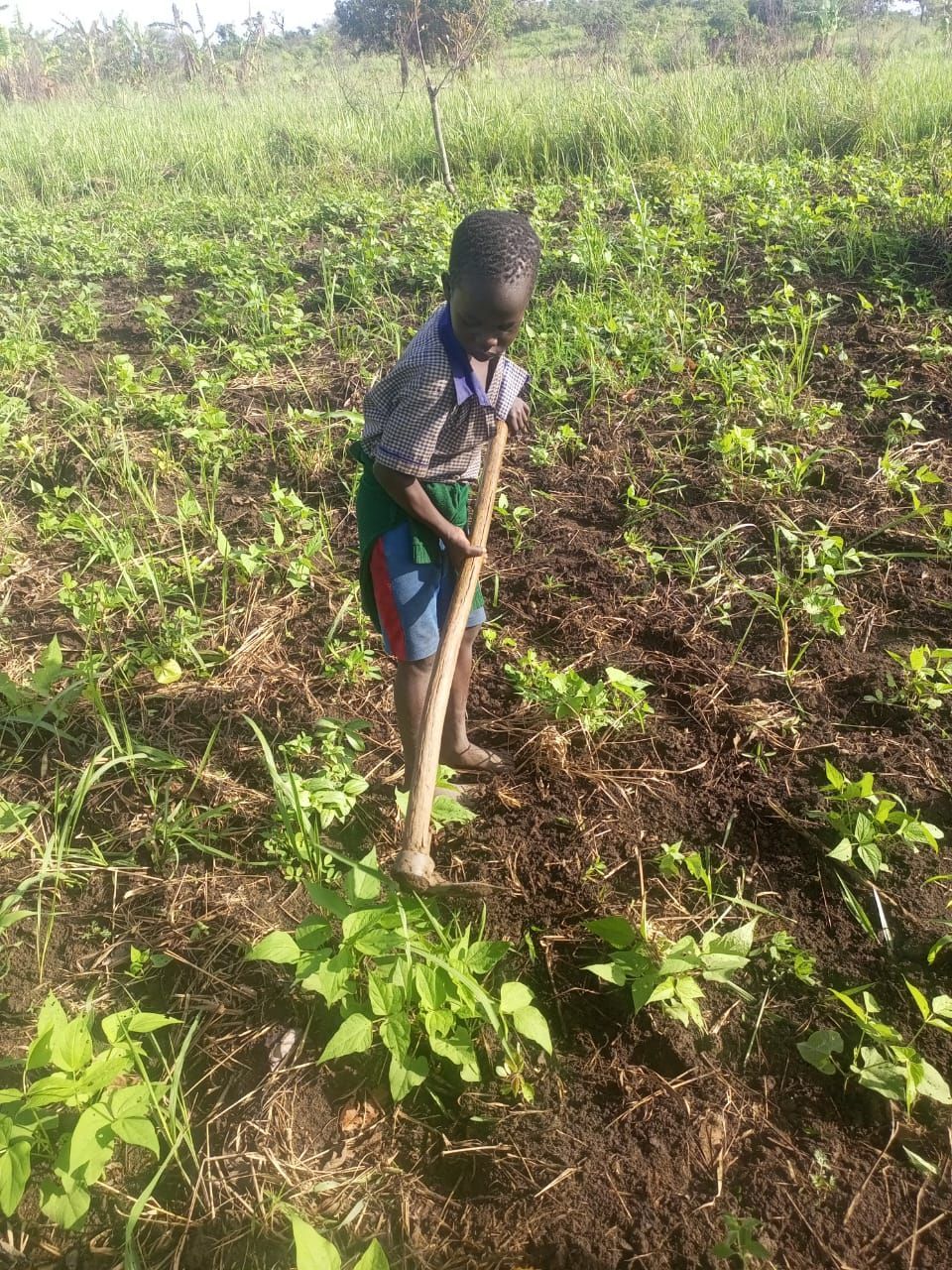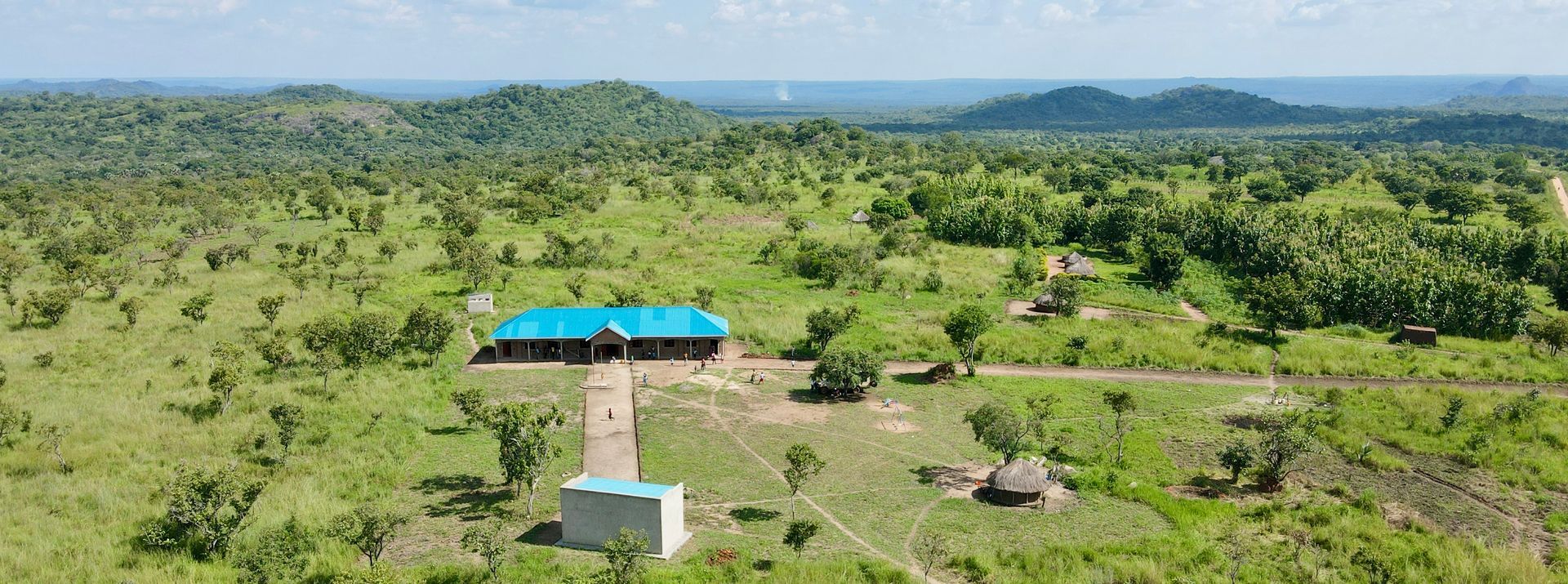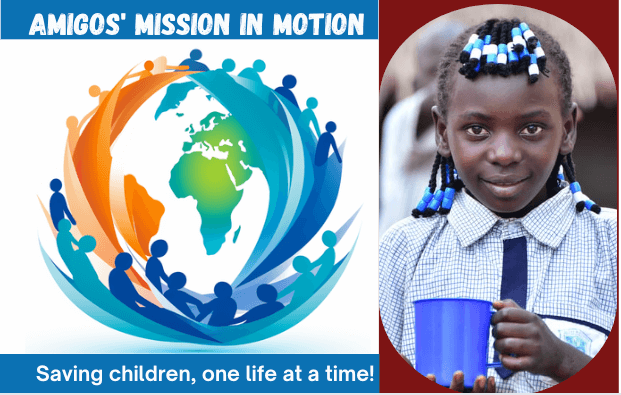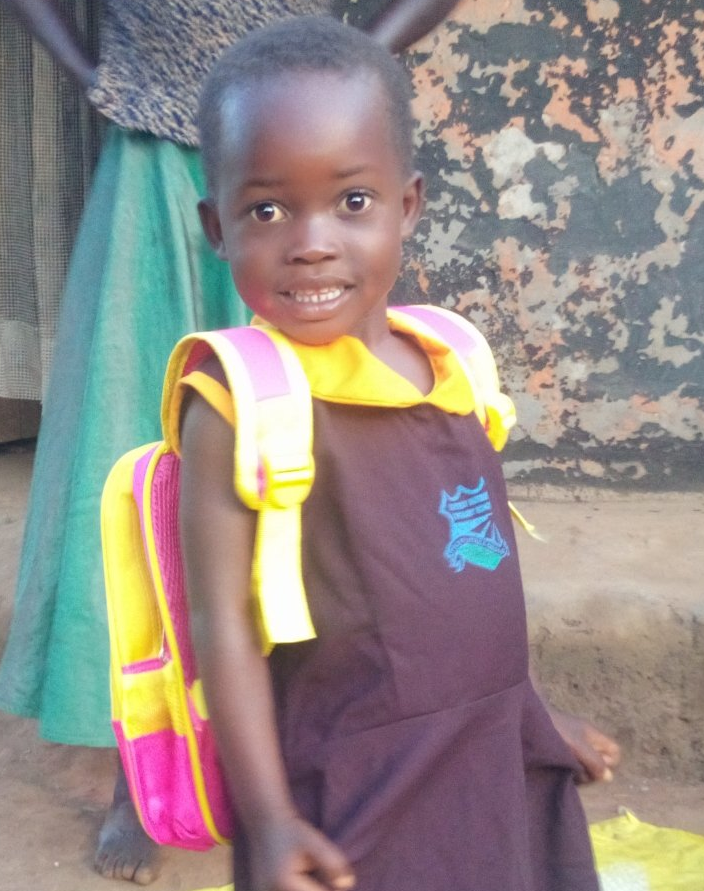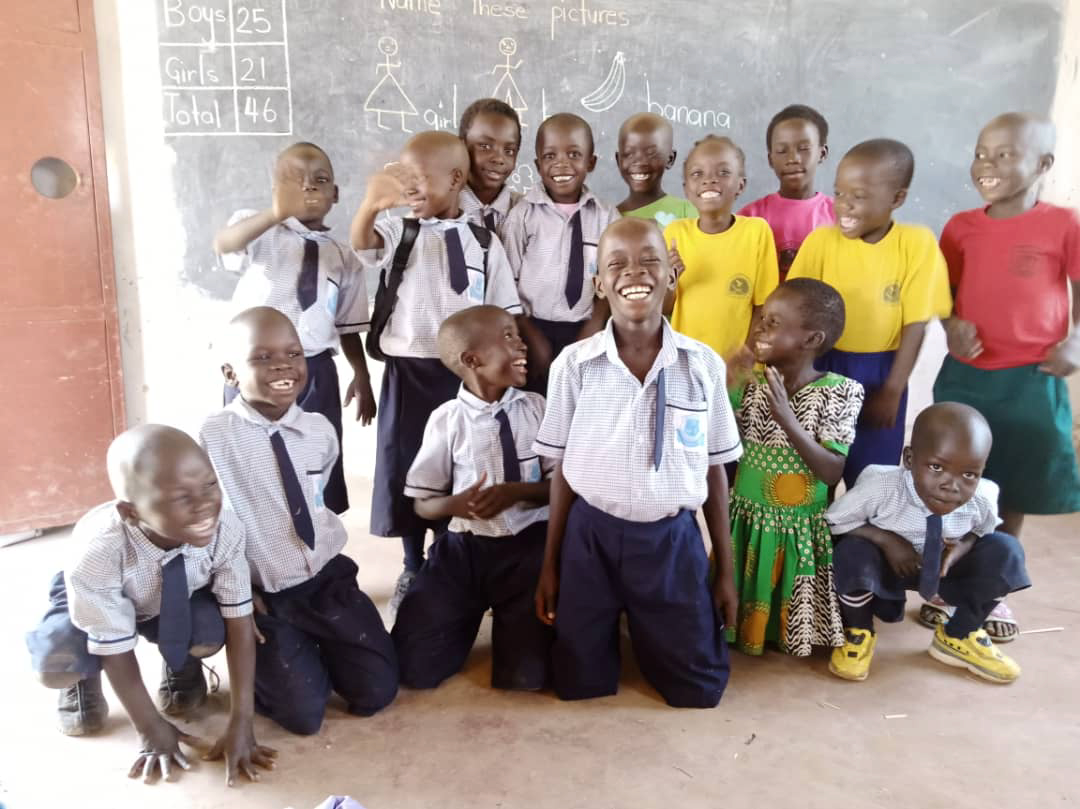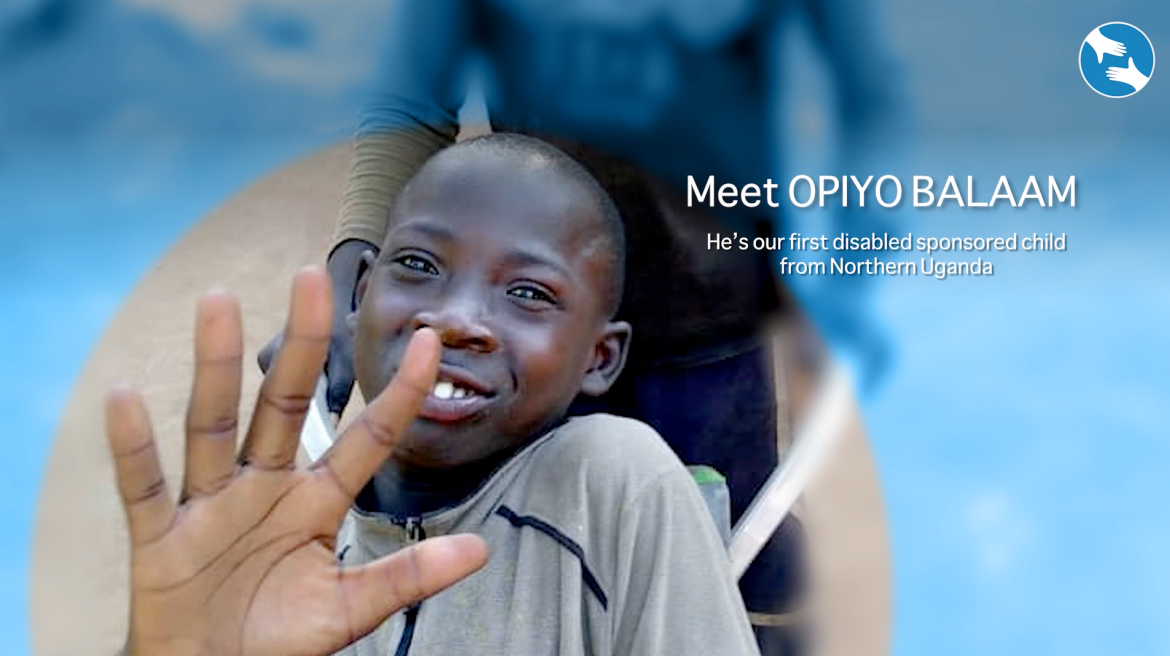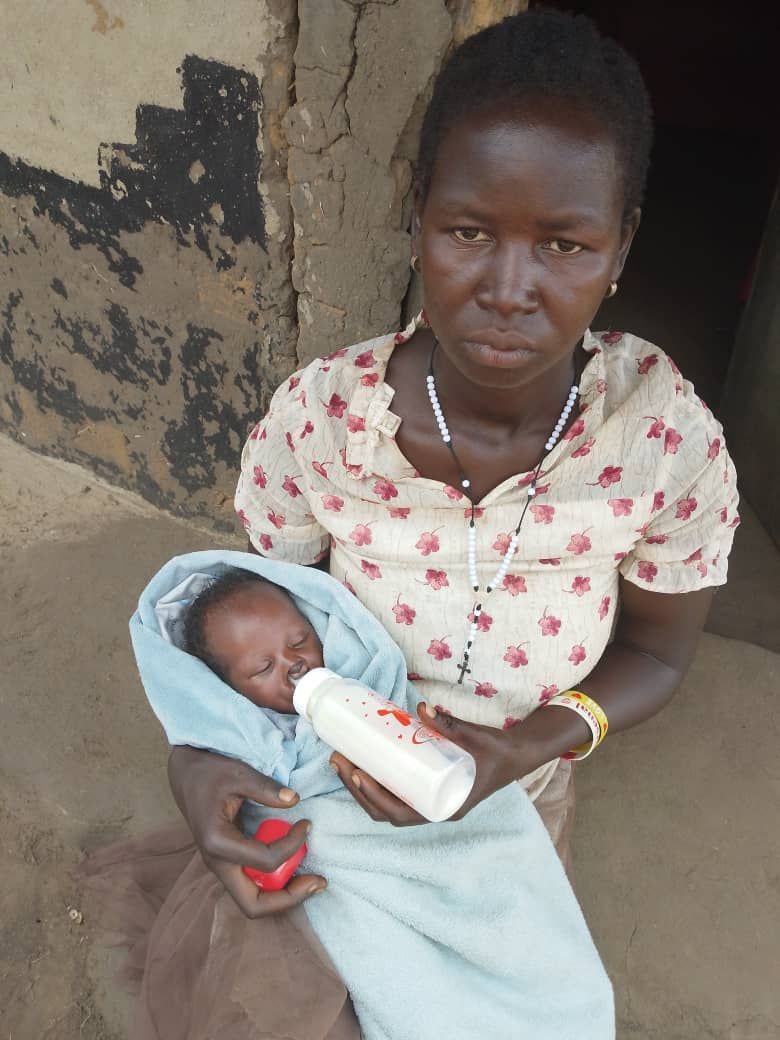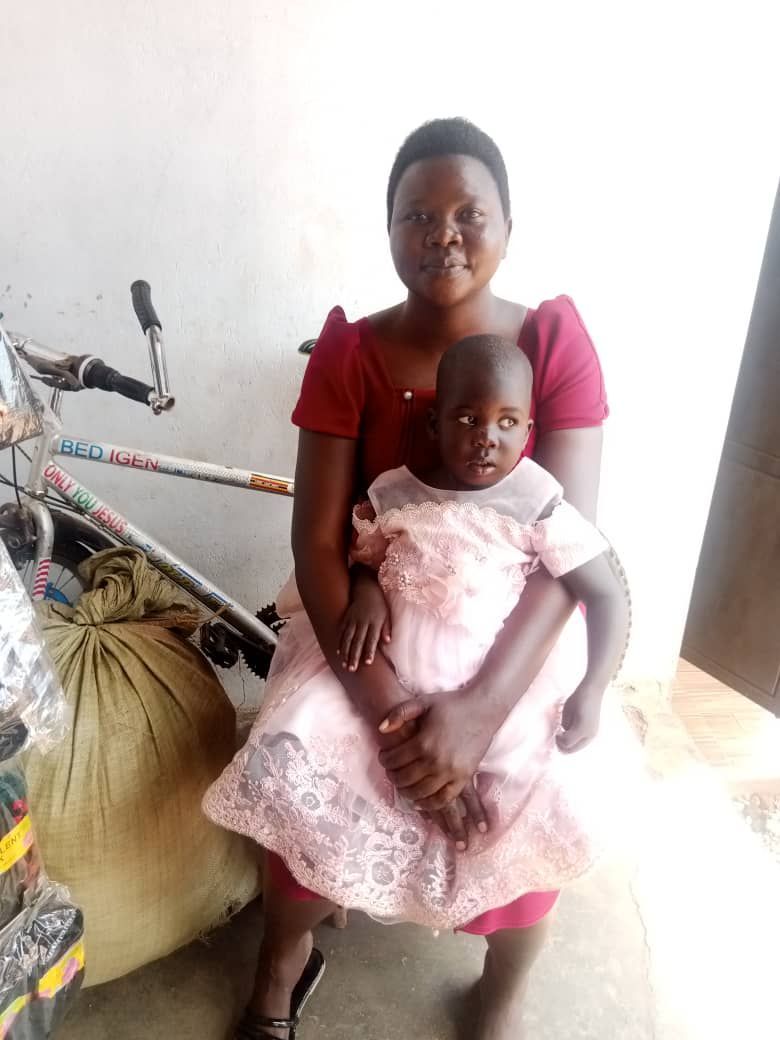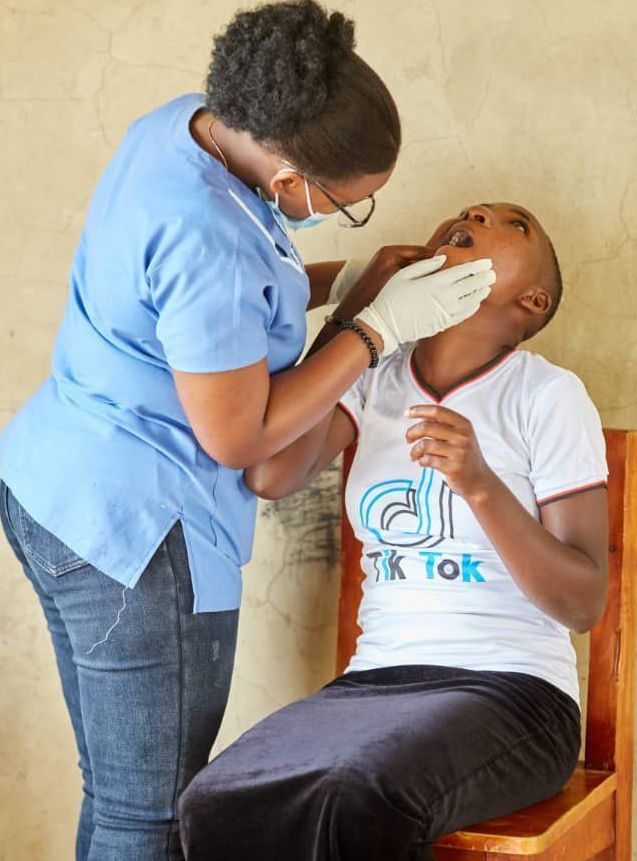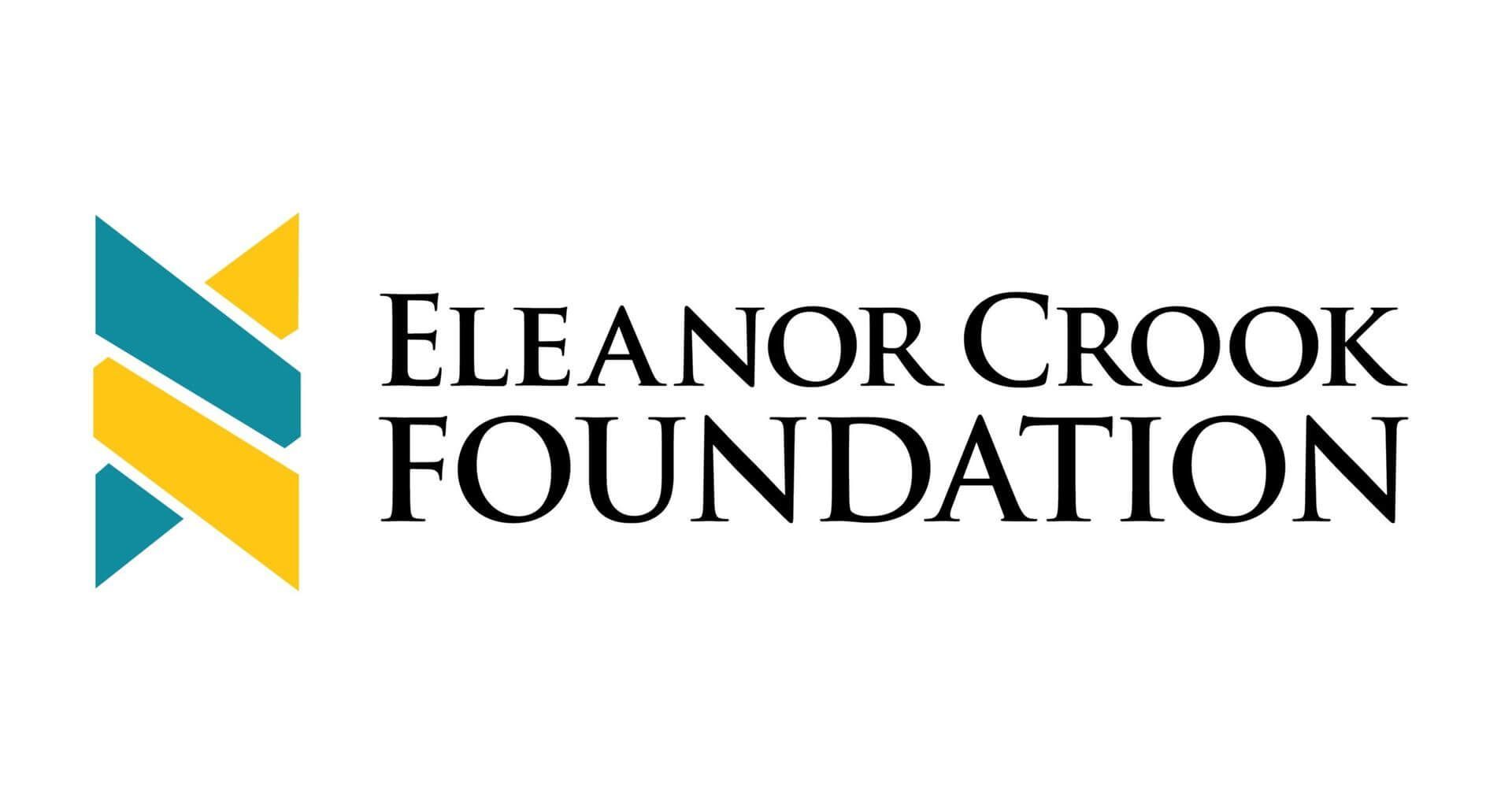Building schools in Africa is not just about bricks and mortar; it's about creating a brighter future for generations to come. This journey is filled with challenges, triumphs, and inspiring stories of individuals and communities coming together to make education accessible to all. In this blog, we will explore the various phases of this important mission, highlighting the essential steps taken to transform visions into reality.
Understanding the Need for Education in Africa
Education is a fundamental human right and a driving force for development. In many African countries, however, access to education remains painfully low. According to the United Nations Educational, Scientific and Cultural Organization (UNESCO), approximately 30 million children in sub-Saharan Africa are out of school. This staggering figure reflects a profound need for action, and building schools is one of the most effective solutions. Without education, children often struggle to escape the cycle of poverty that plagues their families and communities.
Moreover, education empowers individuals, providing them not only with knowledge but also with the skills needed to thrive. For instance, in Burpong, Uganda, our current initiative focuses on constructing a school that will serve as a beacon of hope for many families in the area. The importance of this project cannot be overstated; it is about creating opportunities for children to dream bigger and achieve more.
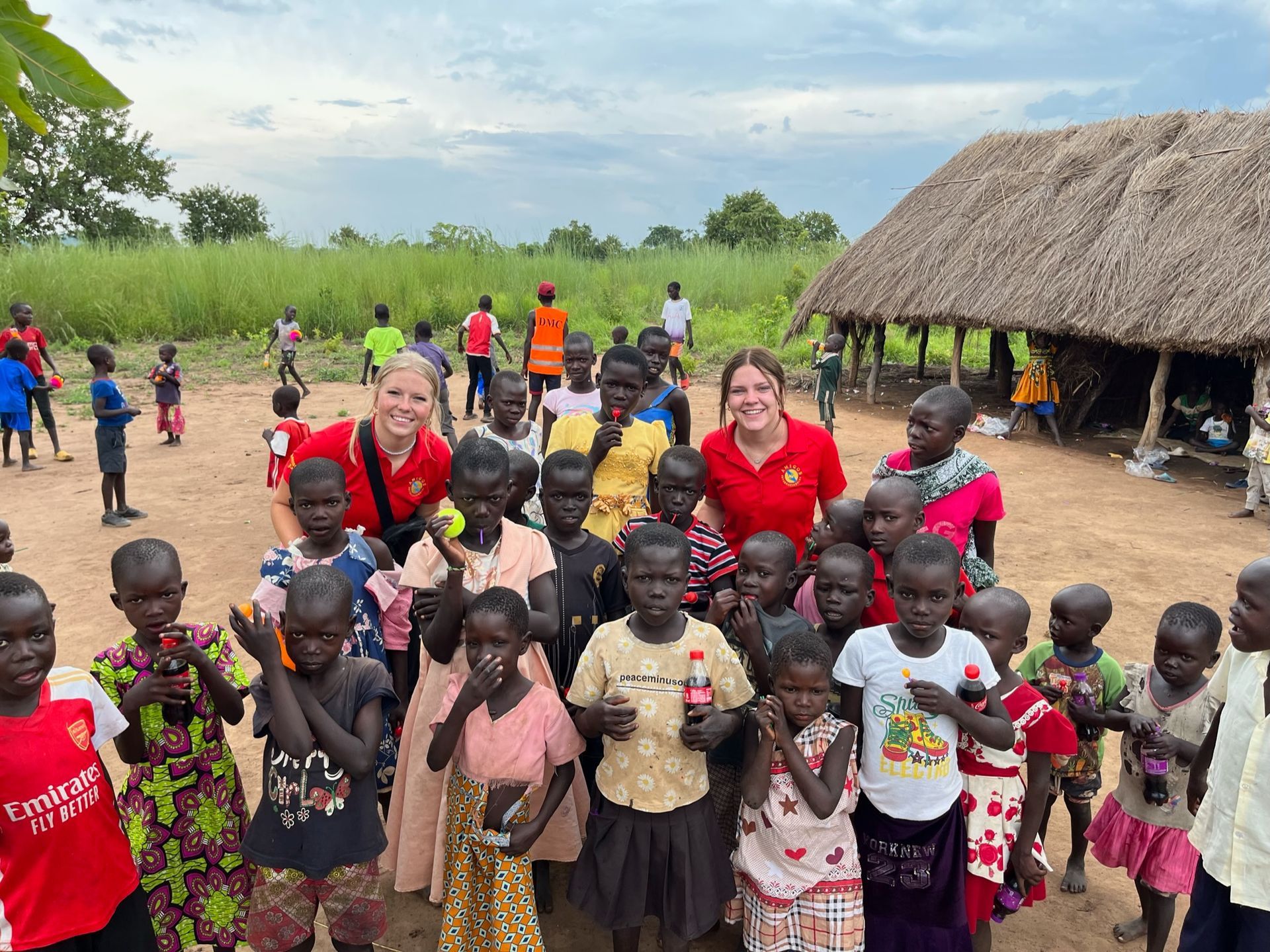
When we think about the future of Africa, we must ensure that every child has access to quality education. By building schools, we can foster economic growth, innovation, and social change. Initiatives must be put in place to support sustainable education systems capable of responding to the unique challenges faced across different regions.
Identifying Key Challenges in School Construction
While the goal of building schools in Africa is noble, the path is often fraught with challenges. One significant challenge is the availability of resources. Many regions lack the financial backing necessary to initiate and sustain school-building projects, largely due to economic instability. According to the World Bank, investments in education infrastructure in Africa need to triple to meet the rising demand. Without this influx of funding, schools remain a distant dream for many communities.
Infrastructure barriers also impede progress. In remote areas, access to building materials, skilled labor, and transportation can hinder the construction of schools. Additionally, navigating the bureaucratic processes involved in securing land and permits can delay projects for years. Community members often feel disheartened when faced with these obstacles but understanding them is crucial to developing effective solutions.
Lastly, cultural perceptions toward education can pose unexpected challenges. In some communities, traditional views on gender roles may prevent girls from attending school, thus limiting their opportunities for advancement. Efforts to build schools must also include components that address these societal barriers to ensure that education is available for all children.
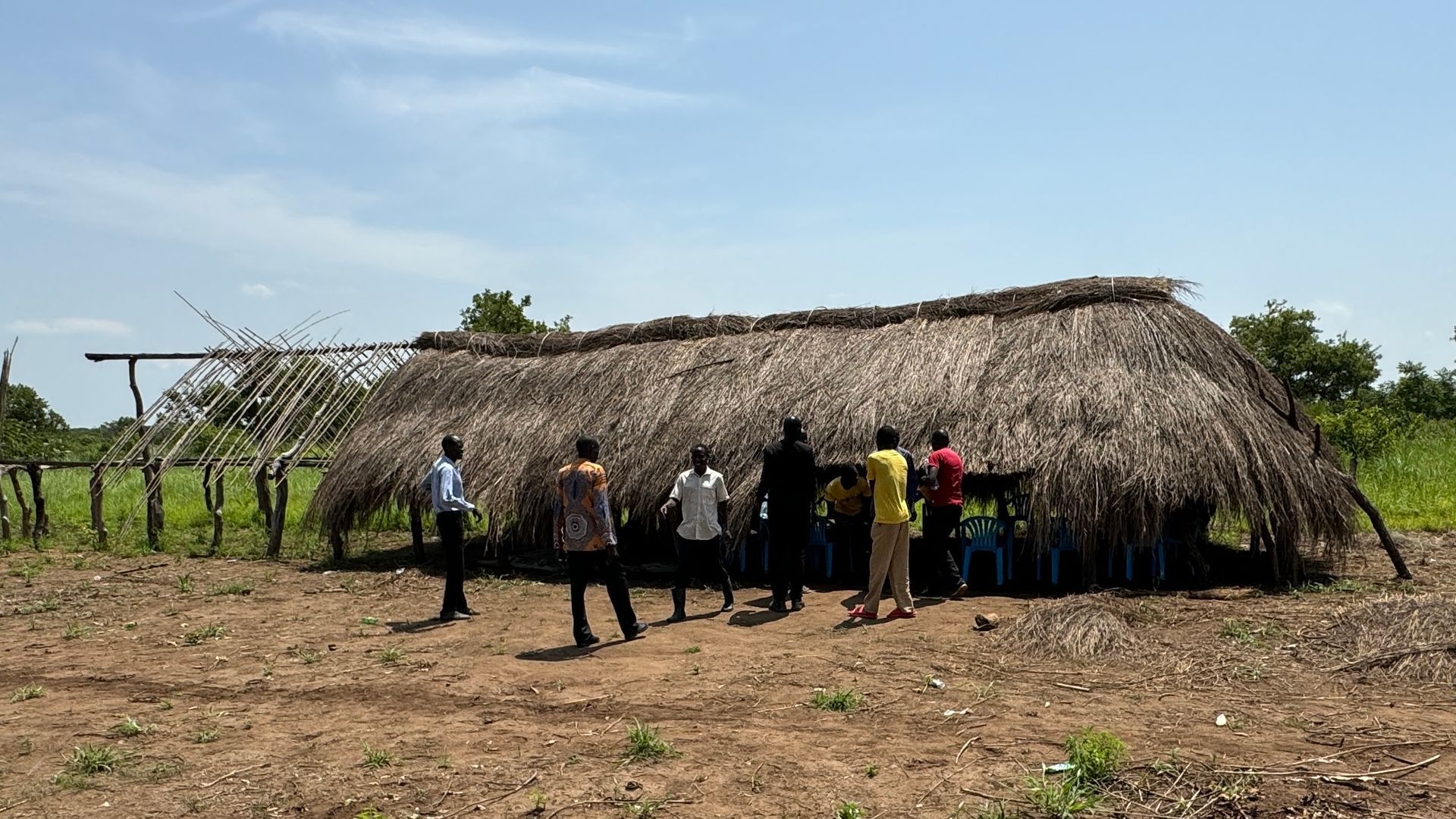
The Role of Community Involvement in Building Schools
Community involvement is a cornerstone of successful school-building initiatives in Africa. When a community takes ownership of a project, the commitment to its success grows exponentially. Local stakeholders provide invaluable insights into cultural nuances, which can significantly improve the project’s effectiveness. Engaging parents, community leaders, and local students in the planning stages ensures that the schools built are relevant and tailored to the needs of the community.
In our work in Burpong, Uganda, we have seen firsthand how essential community engagement is. By collaborating closely with local families, we are building a school that reflects the aspirations and values of the community. This investment in local input not only creates a sense of pride
but also encourages volunteerism, with community members often helping in the construction process, reinforcing their commitment to the educational initiative. Furthermore, nurturing partnerships with local organizations can enhance the sustainability of these projects. Successful educational initiatives require ongoing support, and local organizations often have the resources and networks to ensure that schools remain operational long after construction is complete.
Planning and Design: Crafting Functional Learning Spaces
The planning and design phase of building schools is critical to creating effective learning environments. It begins with understanding the unique needs of the students and the local community. Effective school designs should incorporate flexible spaces that can adapt to various teaching styles and learning activities. Adequate natural lighting, ventilation, and outdoor areas for play are all necessary elements that contribute to a conducive learning atmosphere.
Another crucial aspect is ensuring that the school is accessible to all. Building schools that accommodate children with disabilities is often overlooked in many regions. Inclusive designs can set new standards for educational facilities in Africa and ensure that every child can learn in an environment that suits their needs.
Throughout this process, collaboration with architects and educators can foster innovative designs that prioritize the well-being of students. Furthermore, using locally sourced materials not only reduces costs but also enhances the functionality and sustainability of the schools, reinforcing the community’s connection to the project.
Funding Initiatives: Making Dreams a Reality
Funding is a vital component in the journey of building schools in Africa. Various organizations and governments are stepping up to provide the financial resources necessary for constructing educational facilities. Grant opportunities, crowdfunding campaigns, and partnerships with international NGOs have emerged as crucial avenues for securing funds. For example, non-profit organizations, like Amigos II, are dedicated to creating a better future for children through strategically planned initiatives.
Moreover, engaging the community to contribute financially can create a sense of ownership and responsibility. When community members invest in the construction and operation of a school, they are more likely to advocate for its success, ensuring accountability. These grassroots initiatives often

bring in additional resources that can be used for vital aspects such as school supplies or teacher training.
Ultimately, it is essential to adopt a multi-faceted funding approach. Schools that receive diverse funding sources tend to be more sustainable and resilient in the face of economic challenges. By leveraging various funding initiatives, we can ensure that educational dreams become a reality for countless children across Africa.
Sustainability in School Building Projects
Sustainability is a critical consideration in every stage of building schools in Africa. Beyond just environmentally-friendly materials, sustainability entails creating educational infrastructures that endure the test of time. Schools must be built with longevity in mind, not only in terms of physical structures but also in fostering a culture of continuous improvement and learning within communities.
Incorporating renewable energy sources, such as solar panels, can reduce operational costs for schools and promote an understanding of sustainability among students. Building partnerships with local businesses to maintain and support these initiatives ensures they can thrive independently without ongoing external assistance.
Additionally, creating programs that train teachers and local community members can empower them to maintain the infrastructure and facilitate effective learning. When the community is engaged in the sustainability process, the overall impact of educational projects can resonate far beyond the classroom.

Success Stories: Schools that Have Made a Difference
Success stories are vital in illuminating the path of school building initiatives across Africa. One such inspiring instance is the transformation witnessed in a community that established a school with the help of Amigos II. Once plagued by high dropout rates and limited educational resources, the opening of this school changed the narrative. Children who once had no access to education are now thriving, and families are beginning to recognize the value of learning.
These stories serve to inspire other communities facing similar challenges. They are poignant reminders that the efforts put into building schools can foster incredibly positive change. For instance, a school in Kenya witnessed a 60% increase in enrollment after renovations were made to provide better learning environments. As word spreads, other regions are encouraged to follow suit and invest in their future through education.
By sharing these success stories, we usher in a new era of hope and aspiration for many communities across Africa. It is essential to celebrate achievements while highlighting the collective efforts made in overcoming obstacles, encouraging even more communities to embark on their own educational journeys.
The Future of Education: Continuing the Impact of School Building
The future of education in Africa is bright, and the journey of building schools is only the beginning. As we continue to invest resources into creating learning environments, we must remain vigilant in addressing emerging challenges. From technological advancements to evolving pedagogical techniques, the education landscape is continually changing, and so must our approaches to building schools.
Education will be the cornerstone of Africa's growth and development, and it is through ongoing partnerships and innovative strategies that we can enhance access and quality. The collaborative efforts between governments, NGOs, and communities are fundamental to creating sustainable educational systems that can adapt to the needs of the future.
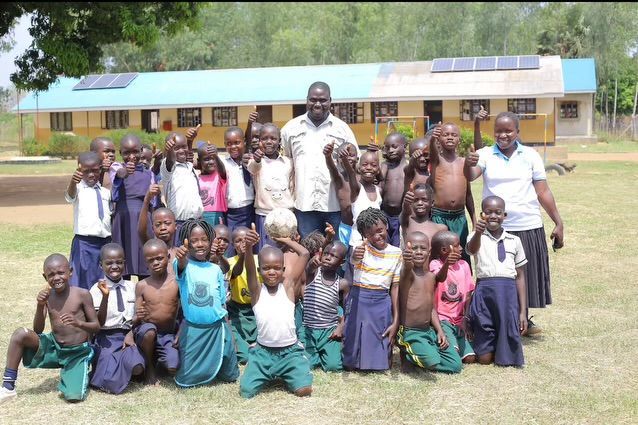
As we look ahead, let us not forget the stories of resilience, community, and hope that have shaped our journey thus far. By fostering a culture of collaboration and support, we can ensure that every child, regardless of their background, has the opportunity to learn, grow, and thrive in an environment that cultivates their potential.
Continuing the Journey: A Call to Action
The journey of building schools in Africa is ongoing and requires the collective effort of communities, governments, and organizations. While challenges remain, the progress made so far is a testament to the power of education as a catalyst for change. By continuing to foster collaboration and support, we can ensure that every child has the opportunity to learn, grow, and reach their full potential.
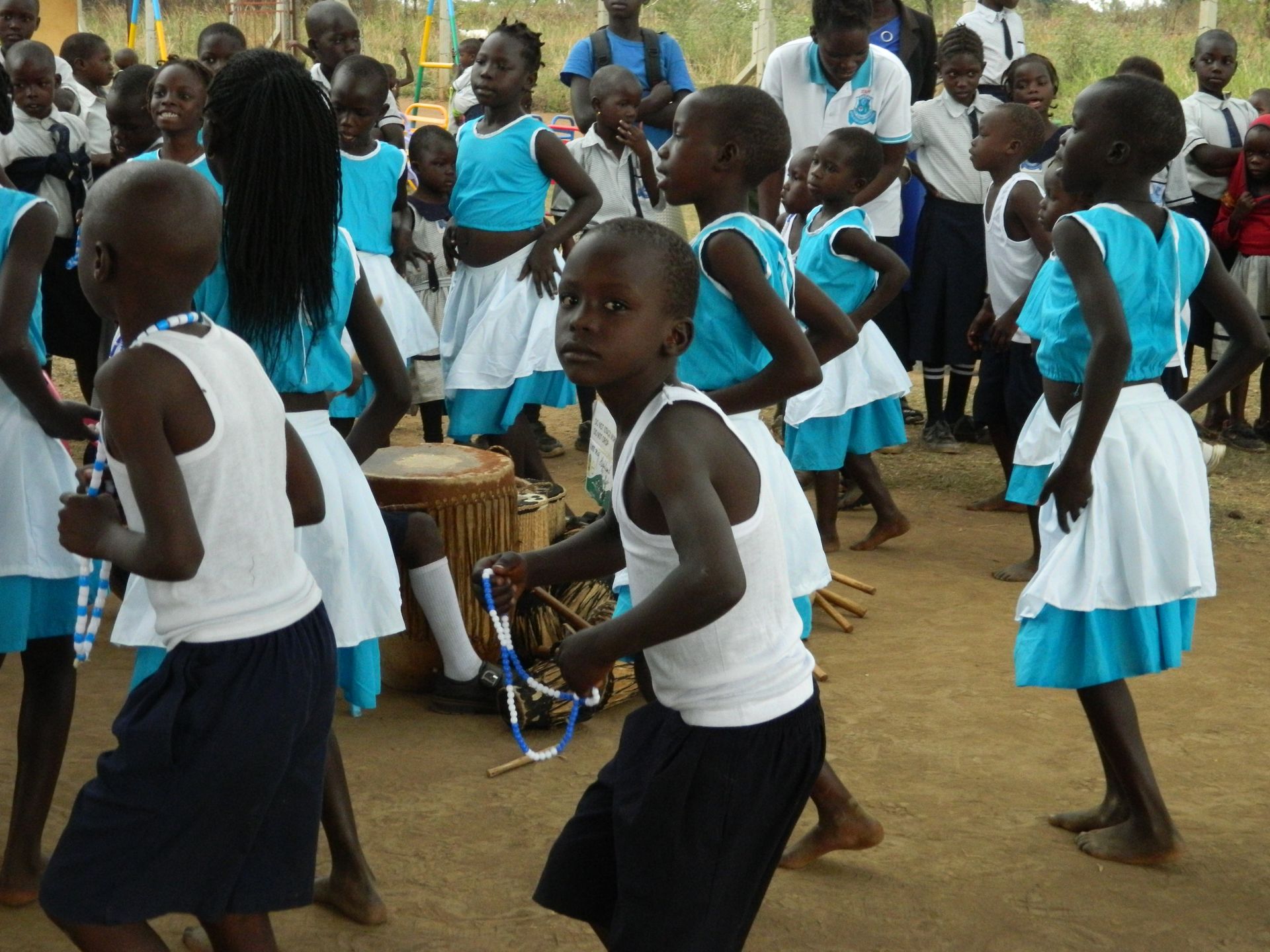
Categories







Social Media







